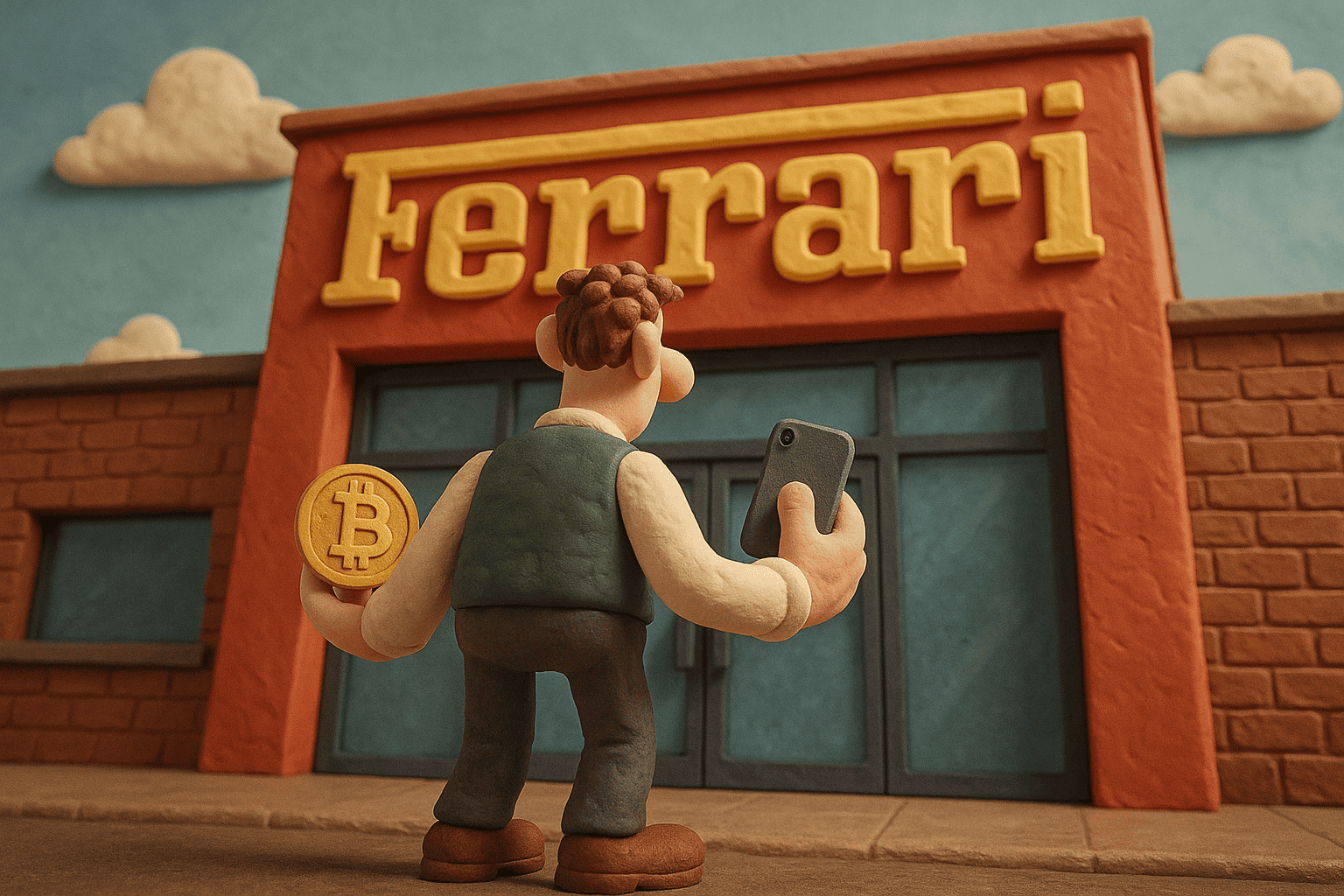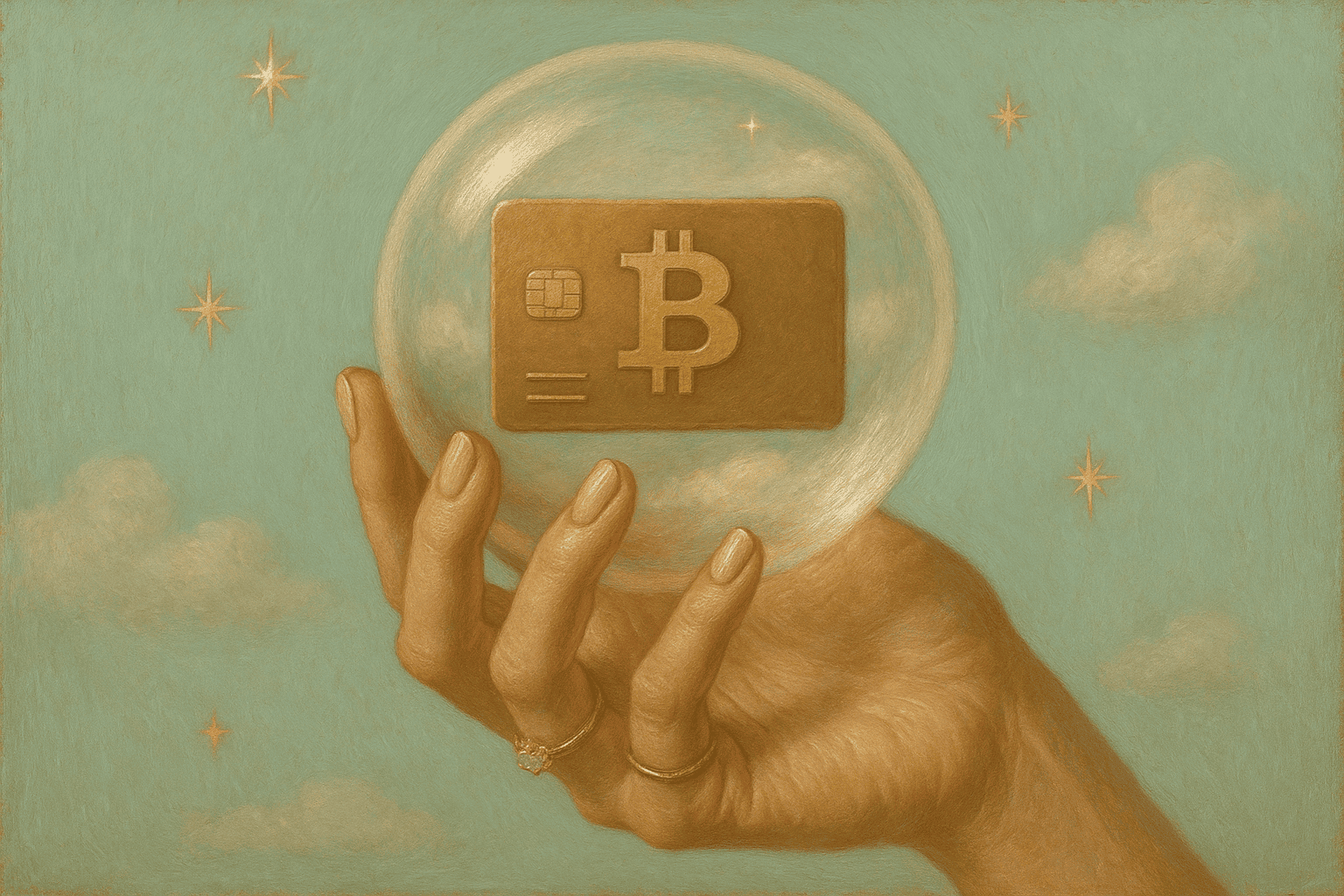Loopring
Download app Ironwallet and get tool for making transaction without network fee
About Loopring
Loopring is an innovative open protocol for building decentralized exchanges on Ethereum. As many know, transparency and security are key pillars of successful crypto projects. Loopring aims to advance the space by addressing inefficiencies around exchange liquidity, trade execution costs and security. Ultimately, it wants to help build a more robust financial system using decentralized technologies.
History of Loopring
Loopring was created in 2017 by Daniel Wang, a former Google tech lead. Along with CMO Jay Zhou and CFO Johnston Chen, Wang leads Loopring as it works to fulfill its vision. The project held an initial coin offering in August 2017, raising $45 million from investors including Tetras Capital and Sequoia Capital. This allowed Loopring to fully develop and launch its protocol in late 2017.
How Loopring Works
At its core, Loopring operates as a zkRollup layer-2 solution on Ethereum that enables highly scalable decentralized token trading. Its name, Loopring, refers to the loop of transactions that are batched together and settled on Ethereum mainnet.
To break this down – Loopring bundles or “rolls up” transactions off-chain while relying on Ethereum for security guarantees. This improves transaction throughput by up to 2,025 trades per second. Loopring also utilizes zero-knowledge proofs to validate transactions while keeping transaction data private.
The Loopring Token (LRC)
The ERC20 Loopring token (LRC) has a capped supply of 1.374 billion units. LRC plays multiple key roles in Loopring’s operation:
- It aligns incentives between node operators, traders, and protocol developers.
- It can be staked by holders to earn a share of exchange fees.
- It provides governance voting power to beneficiaries.
By properly incentivizing with its token, Loopring helps ensure all network participants are focused on a common goal of bringing accessible and secure decentralized trading to all.
Loopring’s Features and Benefits
Loopring distinguishes itself from other DEX protocols in a few key ways:
- High Throughput: Loopring can settle over 2,000 trades per second. This matches or exceeds centralized exchanges.
- Low Fees: Loopring reduces fees up to 90% compared to on-chain exchanges.
- Improved Security: Funds always remain under user control unlike with centralized exchanges.
- High Liquidity: Loopring aggregates liquidity across exchanges so large trades can be executed.
Together, these benefits make Loopring a fast, affordable and secure trading option for both retail and institutional investors.
Loopring’s Partnerships
One notable partnership for Loopring is with Ethereum scaling solution zkSync. This allows Loopring to further improve transaction throughput and reduce costs for users.
In May 2021, Loopring also announced a partnership with long-time Ethereum advocate Vitalik Buterin on a new Ethereum zkRollup exchange called zkExchange. Loopring will provide liquidity and orderbook solutions for this project.
Loopring’s Technology and Roadmap
On the tech side, Loopring offers mobile wallets, a DEX, and a non-custodial orderbook blockchain explorer called Circulr.
Looking ahead, beyond incremental improvements, Loopring plans to launch hybrid computing solutions that use trusted execution environments (TEEs) to optimize speed and costs. It’s also exploring meta-transaction functionalities like account abstraction.
For token holders, Loopring aims to launch models that maximize LRC staking rewards from network fees. As adoption grows, this would provide incremental value to those invested in Loopring.
Investing in Loopring
For crypto investors, Loopring presents an intriguing opportunity. The project mixes a dedication to open protocols with a laser focus on usability.
Still, investing in early stage crypto projects always carries risks. Execution challenges, technical setbacks and competition from other protocols can affect long-term success.
But if Loopring can deliver on its vision of powering the leading decentralized exchange, LRC stands to be a foundational crypto asset. With thorough research and measured risk-taking, Loopring may prove to be a rewarding investment in the evolution of cryptocurrency finance.


















